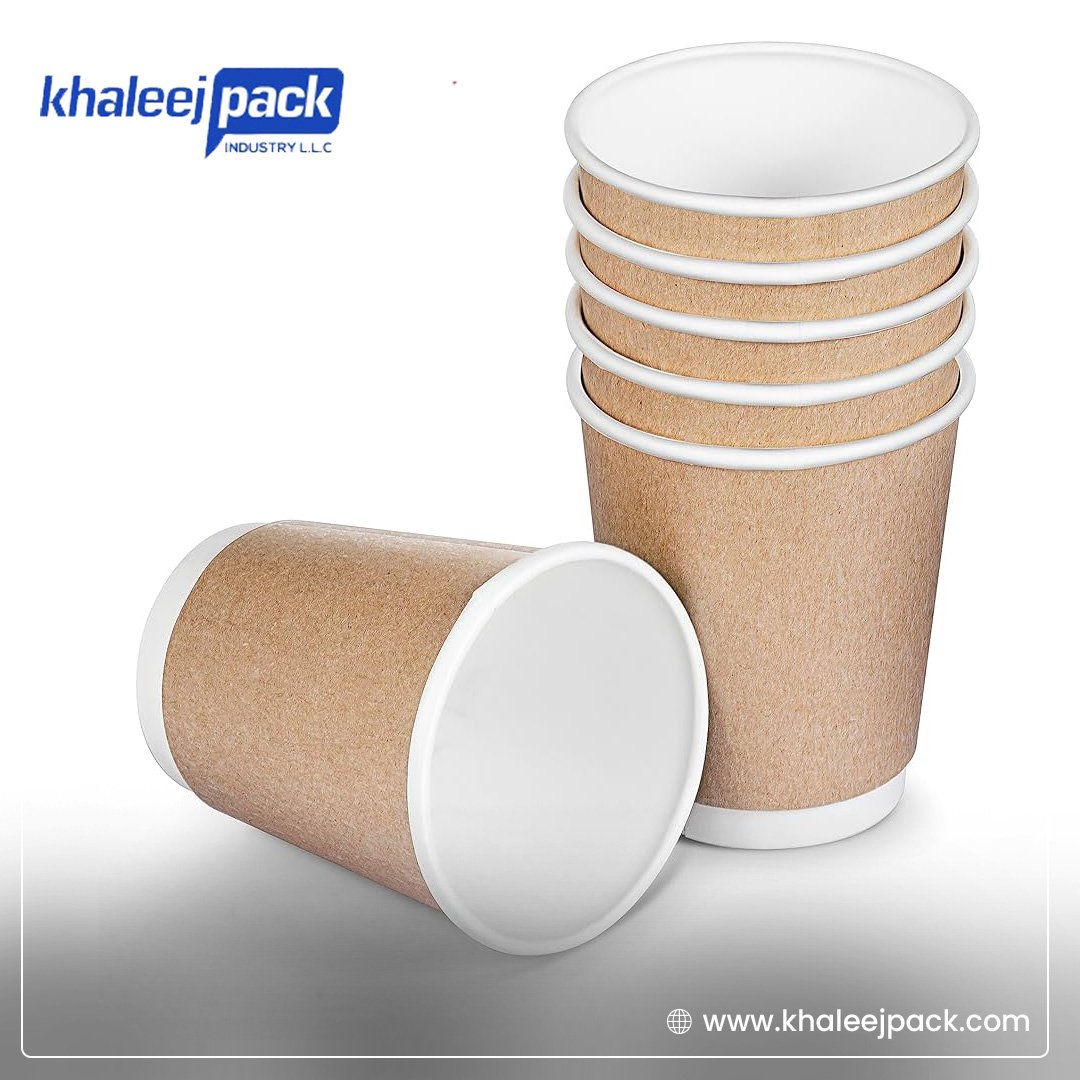Disposable cups have become an essential part of modern living. They offer convenience, hygiene, and practicality, making them popular for various occasions and settings. This blog will explore the advantages of Disposable cups and the different types available on the market.
Advantages of Disposable Cups
1. Convenience
Disposable cups, with their unparalleled convenience, provide a stress-free solution. Their ease of use and disposal eliminates the need for washing and cleaning, making them an ideal choice for large gatherings, events, and outdoor activities where cleaning up can be a hassle.
2. Hygiene Disposable cups stand out for their high level of hygiene, offering a sense of security. Each cup is used once and then discarded, significantly reducing the risk of contamination and the spread of germs. This is particularly crucial in public settings and during events.
3. Cost-Effective Disposable cups are generally inexpensive, making them a cost-effective solution for serving beverages to a large number of people. Bulk purchases can further reduce the cost per cup, making them a practical choice for businesses and event organisers.

4. Variety Disposable cups come in a variety of sizes, shapes, and materials. This variety allows users to choose the most suitable type for their specific needs, whether for hot drinks, cold drinks, or specific events.
5. Lightweight and Portable Disposable cups are lightweight and easy to transport. They can be easily stacked and carried, making them perfect for picnics, camping trips, and other outdoor activities.
6. Environmentally Friendly Options Many disposable cups are now made from eco-friendly materials such as biodegradable paper, compostable plastics, and plant-based materials. These options help reduce the environmental impact of disposable cups.
Types of Disposable Cups
1. Paper Cups Paper cups are widely used for both hot and cold beverages. They are often lined with a thin layer of plastic or wax to prevent leaks and improve durability. Paper cups are a popular choice for coffee shops and restaurants.
2. Plastic Cups Plastic cups are commonly used for cold drinks. They come in various sizes and are often used at parties, events, and fast-food restaurants. Some plastic cups are designed to be reusable, while others are meant for single use.
3. Foam Cups Foam cups are known for their excellent insulation properties, making them ideal for hot beverages. They keep drinks hot for extended periods and are often used in office settings and convenience stores.
4. Biodegradable Cups Biodegradable cups are made from materials that break down naturally over time, such as cornstarch or sugarcane. These cups are an environmentally friendly alternative to traditional plastic and foam cups.
5. Compostable Cups Compostable cups are designed to decompose in a composting environment. They are typically made from plant-based materials like PLA (polylactic acid) and can be composted with food waste.
6. Recyclable Cups Recyclable cups are made from materials that can be recycled, such as certain types of plastic and paper. Proper recycling of these cups helps reduce waste and promotes sustainability.
The popularity of Different Types of Disposable Cups
Here is a graph showing the usage of different types of disposable cups in various settings, providing a visual representation of their popularity.
Usage of Different Types of Disposable Cups
- Paper Cups: 40%
- Plastic Cups: 30%
- Foam Cups: 15%
- Biodegradable Cups: 10%
- Compostable Cups: 5%
This graph illustrates that paper cups are the most popular choice, followed by plastic cups. The increasing use of biodegradable and compostable cups reflects the growing awareness of environmental issues.
Conclusion
Disposable cups offer numerous advantages, including convenience, hygiene, and cost-effectiveness. Various types are available so consumers can choose the best option. As environmental concerns continue to rise, adopting eco-friendly disposable cups will likely grow, contributing to a more sustainable future.
By understanding the advantages and types of disposable cups, we can make informed choices that benefit us and the environment.